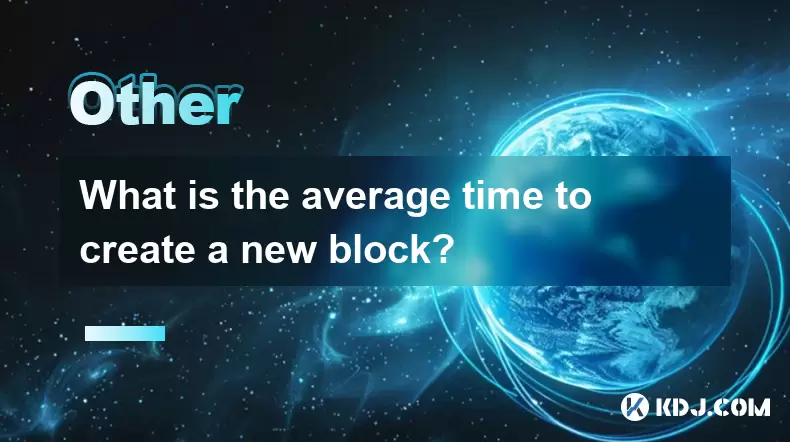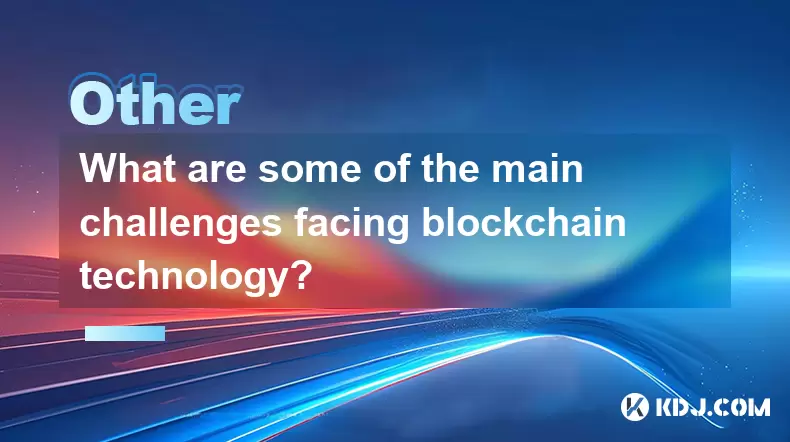-
 Bitcoin
Bitcoin $117300
1.99% -
 Ethereum
Ethereum $3884
5.89% -
 XRP
XRP $3.268
9.33% -
 Tether USDt
Tether USDt $1.000
0.02% -
 BNB
BNB $783.0
1.78% -
 Solana
Solana $173.6
3.51% -
 USDC
USDC $0.9999
0.00% -
 Dogecoin
Dogecoin $0.2193
7.00% -
 TRON
TRON $0.3380
0.30% -
 Cardano
Cardano $0.7769
5.08% -
 Stellar
Stellar $0.4350
9.36% -
 Hyperliquid
Hyperliquid $40.23
5.78% -
 Sui
Sui $3.739
6.95% -
 Chainlink
Chainlink $18.30
9.46% -
 Bitcoin Cash
Bitcoin Cash $581.7
2.11% -
 Hedera
Hedera $0.2577
5.51% -
 Ethena USDe
Ethena USDe $1.001
0.00% -
 Avalanche
Avalanche $23.08
4.23% -
 Litecoin
Litecoin $121.7
2.24% -
 UNUS SED LEO
UNUS SED LEO $8.962
-0.34% -
 Toncoin
Toncoin $3.332
1.36% -
 Shiba Inu
Shiba Inu $0.00001273
3.39% -
 Uniswap
Uniswap $10.35
6.84% -
 Polkadot
Polkadot $3.818
4.01% -
 Dai
Dai $1.000
0.01% -
 Bitget Token
Bitget Token $4.446
2.13% -
 Cronos
Cronos $0.1491
4.96% -
 Monero
Monero $255.4
-9.78% -
 Pepe
Pepe $0.00001099
4.80% -
 Aave
Aave $284.0
8.01%
how blockchain transaction works
Blockchain transactions are immutable, transparent, secure, and efficient, offering groundbreaking possibilities for industries such as finance, healthcare, and supply chain management.
Oct 13, 2024 at 01:47 am

How Blockchain Transactions Work
Blockchain is a revolutionary technology that has the potential to transform industries ranging from finance to healthcare. At its core, blockchain is a distributed ledger system that records transactions between parties in a secure and tamper-proof way.
Understanding the Basics of Blockchain Transactions
Initiating a Transaction:
- A blockchain transaction begins when a user creates a request to transfer assets (e.g., cryptocurrency, data, property) from one party to another.
Verification of Request:
- The transaction request is then transmitted to the blockchain network, which consists of multiple nodes (computers) that validate the transaction.
Consensus Protocol:
- Nodes use a specific consensus protocol to verify and approve the transaction. This ensures that the transaction is valid and meets the network's rules.
Addition to Block:
- Once the consensus is reached, the transaction is added to a block, which contains a group of verified transactions.
Block Validation and Hashing:
- The block is then validated and assigned a unique hash, a cryptographic fingerprint that cannot be altered.
Linking to Blockchain:
- The validated block is linked to the previous block on the blockchain, forming an immutable chain of records. This makes it impossible to modify or delete transactions without affecting the entire blockchain.
Key Features of Blockchain Transactions
Immutability:
- Once a transaction is recorded on the blockchain, it cannot be reversed or altered, ensuring the integrity of the data.
Transparency:
- All transactions on the blockchain are publicly accessible, providing a transparent view of the network's activity.
Security:
- Cryptography and consensus mechanisms protect blockchain transactions from fraud and unauthorized access, making them extremely secure.
Efficiency:
- By eliminating intermediaries and automating processes, blockchain transactions can often be completed faster and more cost-effectively.
Applications of Blockchain Transactions
Blockchain has various applications across industries:
Finance:
- Cryptocurrencies, digital payments, and identity verification
Supply Chain Management:
- Tracking goods and assets through the supply chain, ensuring transparency and efficiency
Healthcare:
- Secure medical record management, data sharing, and drug tracking
Property Management:
- Secure recording of property ownership, title transfers, and land registry
Conclusion
Blockchain transactions represent a fundamental shift in the way we exchange value and secure data. By leveraging distributed ledger technology, blockchain provides unprecedented levels of immutability, transparency, and efficiency, unlocking a wide range of innovative applications and revolutionizing industries across the globe.
Disclaimer:info@kdj.com
The information provided is not trading advice. kdj.com does not assume any responsibility for any investments made based on the information provided in this article. Cryptocurrencies are highly volatile and it is highly recommended that you invest with caution after thorough research!
If you believe that the content used on this website infringes your copyright, please contact us immediately (info@kdj.com) and we will delete it promptly.
- Cold Wallet Crypto in 2025: The Future is Now, Ya'll
- 2025-08-08 05:10:13
- MAGACOIN, SOL, and ADA: A Tale of Shifting Tides in Crypto
- 2025-08-08 05:10:13
- SHIB Price, PEPE, and the Memecoin Supercycle: Who Will Reign Supreme?
- 2025-08-08 05:50:12
- Pudgy Penguins Price Prediction: Google Trends & Breakout Signals
- 2025-08-08 05:50:12
- UAE Crypto Regulation: SCA and VARA Unite to Streamline the Future of Digital Assets
- 2025-08-08 05:55:48
- MAGACOIN Finance: The Presale Phenomenon Rocking the Crypto World
- 2025-08-08 05:55:48
Related knowledge

What is the purpose of a nonce in mining?
Aug 04,2025 at 05:56pm
Understanding the Role of a Nonce in Cryptocurrency MiningIn the world of cryptocurrency mining, the term nonce stands for 'number used only once.' Th...

Can data on a blockchain be deleted?
Aug 05,2025 at 04:00am
Understanding Blockchain ImmutabilityThe core principle behind most blockchain systems is immutability, which means that once data is recorded onto th...

What is the difference between on-chain and off-chain transactions?
Aug 02,2025 at 04:22pm
Understanding On-Chain TransactionsOn-chain transactions refer to digital asset transfers that are recorded directly on a blockchain ledger. These tra...

What is the average time to create a new block?
Aug 06,2025 at 09:21pm
Understanding Block Creation in Blockchain NetworksThe average time to create a new block varies significantly depending on the specific blockchain pr...

How are blocks linked together?
Aug 04,2025 at 06:56am
Understanding the Structure of a BlockchainA blockchain is a decentralized digital ledger composed of a sequence of blocks, each containing a list of ...

What are some of the main challenges facing blockchain technology?
Aug 07,2025 at 02:58am
Scalability Constraints in Blockchain NetworksOne of the most persistent challenges in blockchain technology is scalability. As blockchain networks gr...

What is the purpose of a nonce in mining?
Aug 04,2025 at 05:56pm
Understanding the Role of a Nonce in Cryptocurrency MiningIn the world of cryptocurrency mining, the term nonce stands for 'number used only once.' Th...

Can data on a blockchain be deleted?
Aug 05,2025 at 04:00am
Understanding Blockchain ImmutabilityThe core principle behind most blockchain systems is immutability, which means that once data is recorded onto th...

What is the difference between on-chain and off-chain transactions?
Aug 02,2025 at 04:22pm
Understanding On-Chain TransactionsOn-chain transactions refer to digital asset transfers that are recorded directly on a blockchain ledger. These tra...

What is the average time to create a new block?
Aug 06,2025 at 09:21pm
Understanding Block Creation in Blockchain NetworksThe average time to create a new block varies significantly depending on the specific blockchain pr...

How are blocks linked together?
Aug 04,2025 at 06:56am
Understanding the Structure of a BlockchainA blockchain is a decentralized digital ledger composed of a sequence of blocks, each containing a list of ...

What are some of the main challenges facing blockchain technology?
Aug 07,2025 at 02:58am
Scalability Constraints in Blockchain NetworksOne of the most persistent challenges in blockchain technology is scalability. As blockchain networks gr...
See all articles

























































































